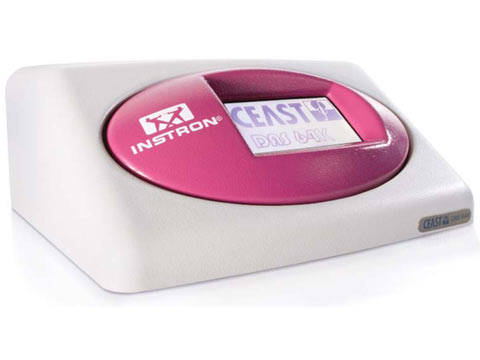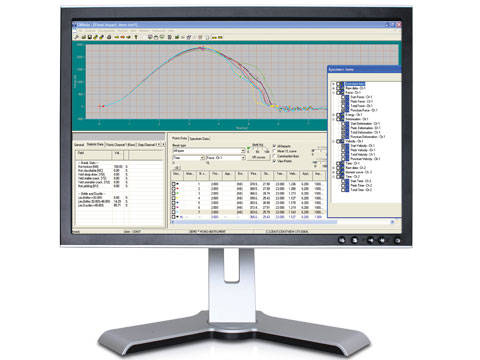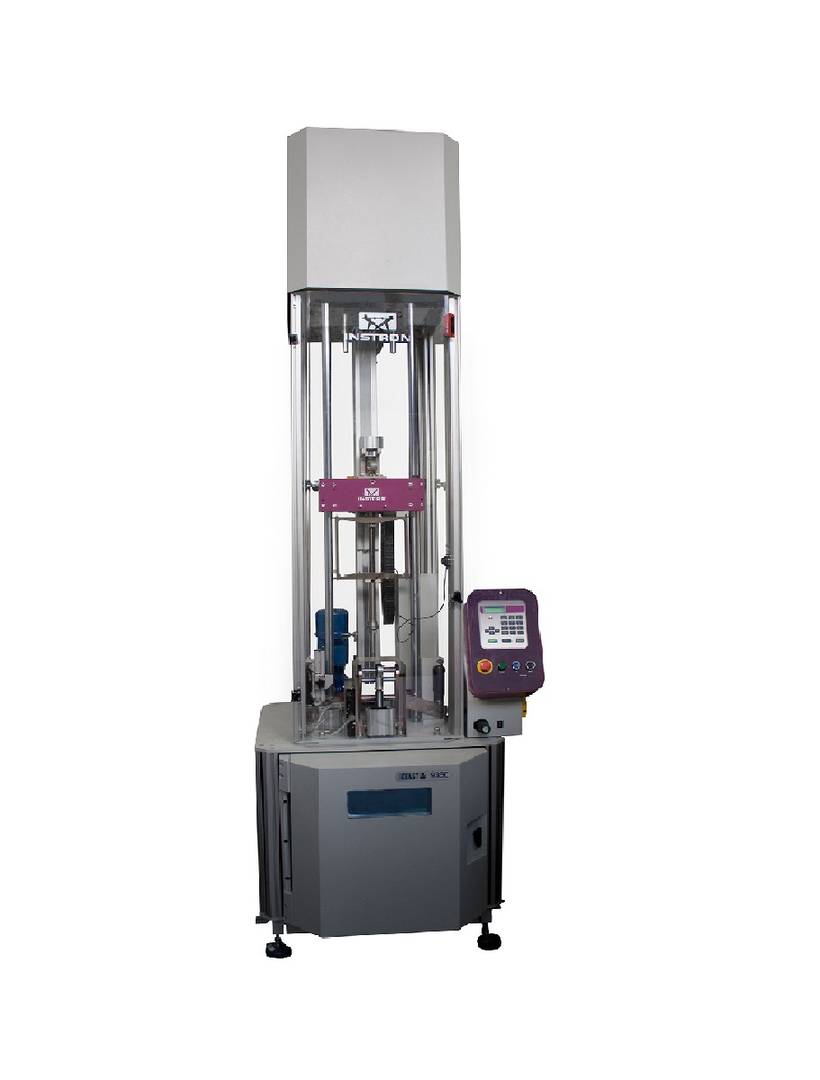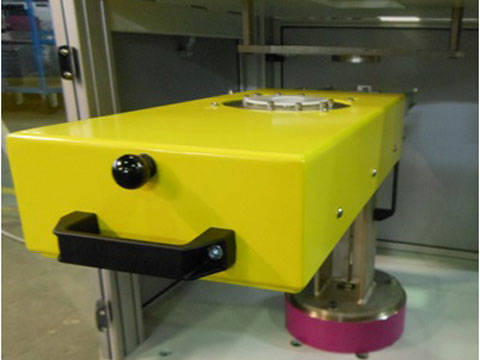Today, the use of liquid nitrogen inside laboratories is becoming a safety issue due to the low temperature, especially in its gaseous return phase. In laboratories, it is common for operators to manage liquid nitrogen tanks. Unfortunately, there have been reports of incidents while refilling the liquid nitrogen, as well as flasks ruptures. For this reason, many laboratories are now considering a safer, less expensive alternative solution to liquid nitrogen, for example a small fridge.
For this test, we used a CEAST 9350 drop tower with optional High Energy system. The instrument was equipped with 22 kN piezoeletric tup, DAS 64k, and VisualIMPACTsoftware. The specimen was conditioned into the small fridge at -20°C and tested according to ISO 6603 and ASTM D3763. The impact velocity was set at 4.4 m/s and the time range for data acquisition was set to 10 milliseconds. The specimen is placed into the special fixture by the operator and the test is complete in in less than 10 seconds.
Through software analysis, we were able to understand the impact behavior of the material (fragile or ductile) and evaluated the absorbed energy, peak force, and total deformation. In this particular case, the specimen showed a fragile break. Most importantly, the total test procedure time was reduced, the customer saw a decrease in cost, and liquid nitrogen was not involved, ensuring the operator’s safety.



